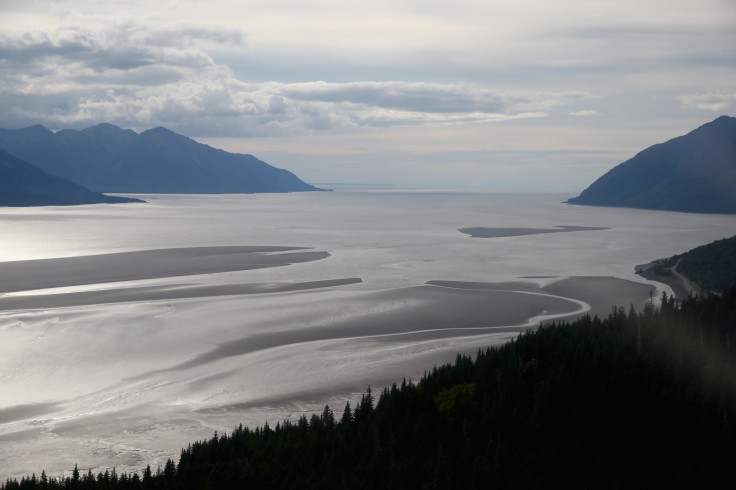The Arctic could release the world's largest reserve of natural mercury as permafrost melts
The permafrost has trapped more than twice the mercury found in all soils, oceans, and the atmosphere combined.

Researchers have found the largest reserve of natural mercury in the world trapped in the Arctic permafrost. Scientists, however, warn that rising air temperatures due to climate change could defrost the existing permafrost layer and this could release a large quantity of mercury that could potentially affect ecosystems around the globe, phys.org reported.
The study involved making core samples in the Alaskan permafrost and studying how much elemental mercury has been trapped in this region since the last ice age. Scientists have discovered that the northern tundra is the world's richest reserve of natural mercury. The permafrost there has trapped more than twice the mercury found in all soils, oceans, and the atmosphere combined.
Scientists found about 15 million gallons of mercury in the northern permafrost. That is about 10 times more than all of the human-caused mercury emissions over the last three decades.
The research was first published in Geophysical Research Letters, a journal of the American Geophysical Union.
"This discovery is a game-changer," said Paul Schuster, a hydrologist at the US Geological Survey in Boulder, Colorado and lead author of the new study. "We've quantified a pool of mercury that had not been done previously, and the results have profound implications for better understanding the global mercury cycle."
However, researchers also point to the fact that this large amount of mercury might pose a danger to the environment. Mercury has negative reproductive and neurological effects on animals and is known to accumulate in both water and terrestrial food chains.
"There would be no environmental problem if everything remained frozen, but we know the Earth is getting warmer," Schuster said. "Although measurement of the rate of permafrost thaw was not part of this study, the thawing permafrost provides a potential for mercury to be released—that's just physics."
Previously, it was found that a lot of carbon will be released into the atmosphere when the dead flora and fauna preserved in the Arctic ice melts. Also, Greenland's ice sheets were reported to have a lot of trapped toxins in it that could potentially seep into the oceans.
"This study is very novel and makes a big discovery in an area that was previously somewhat ignored," said James Shanley, a research hydrologist at the US Geological Survey. "It shows permafrost represents a huge source of mercury, and if it thaws due to climate change the mercury could be released and could significantly add to the global mercury burden."
The phys.org report notes that researchers are still unsure as to exactly how the mercury will affect the rest of the planet if it gets released as mercury could travel thousands of miles and affect far away regions as well.
"24 percent of all the soil above the equator is permafrost, and it has this huge pool of locked-up mercury," he said. "What happens if the permafrost thaws? How far will the mercury travel up the food chain? These are big-picture questions that we need to answer."





















